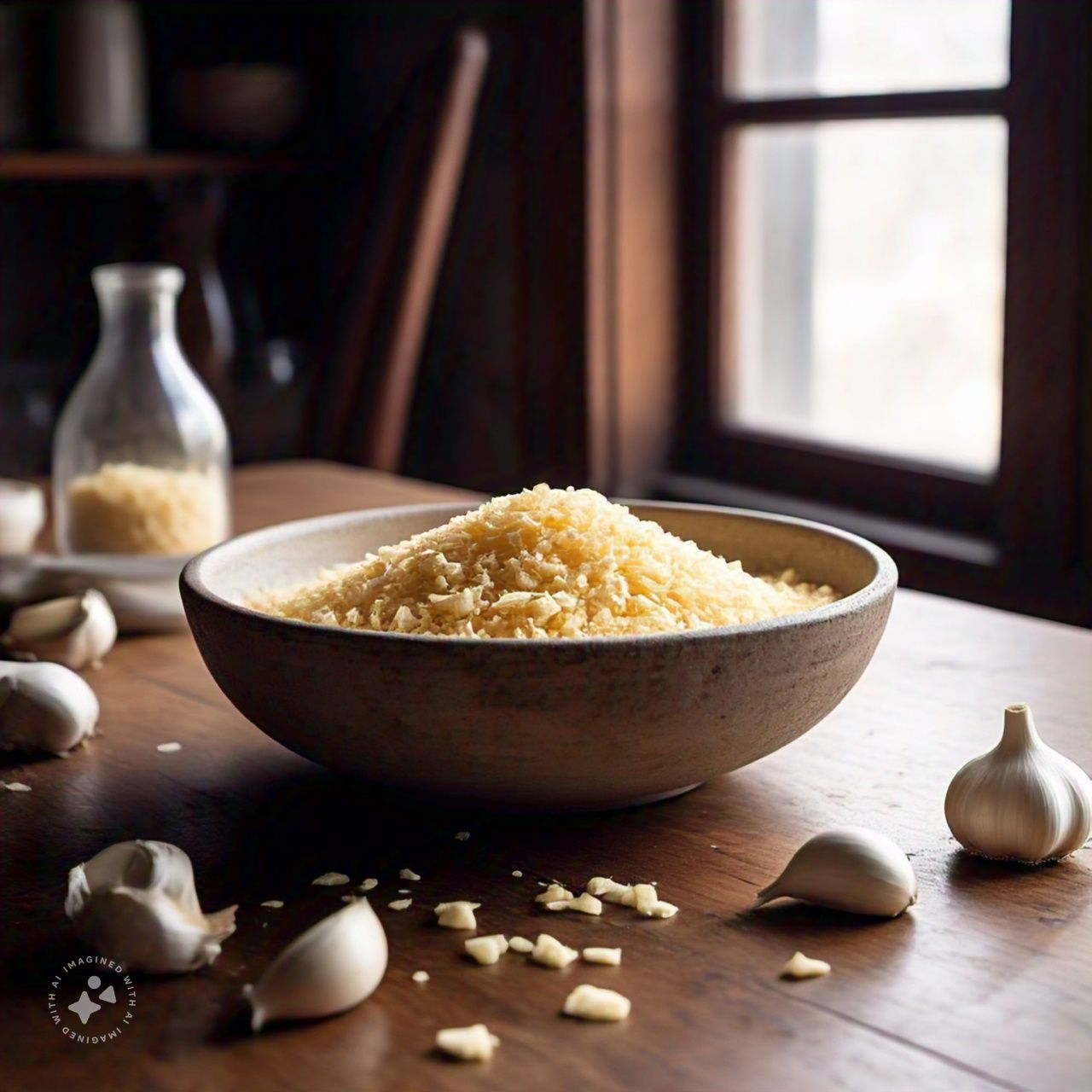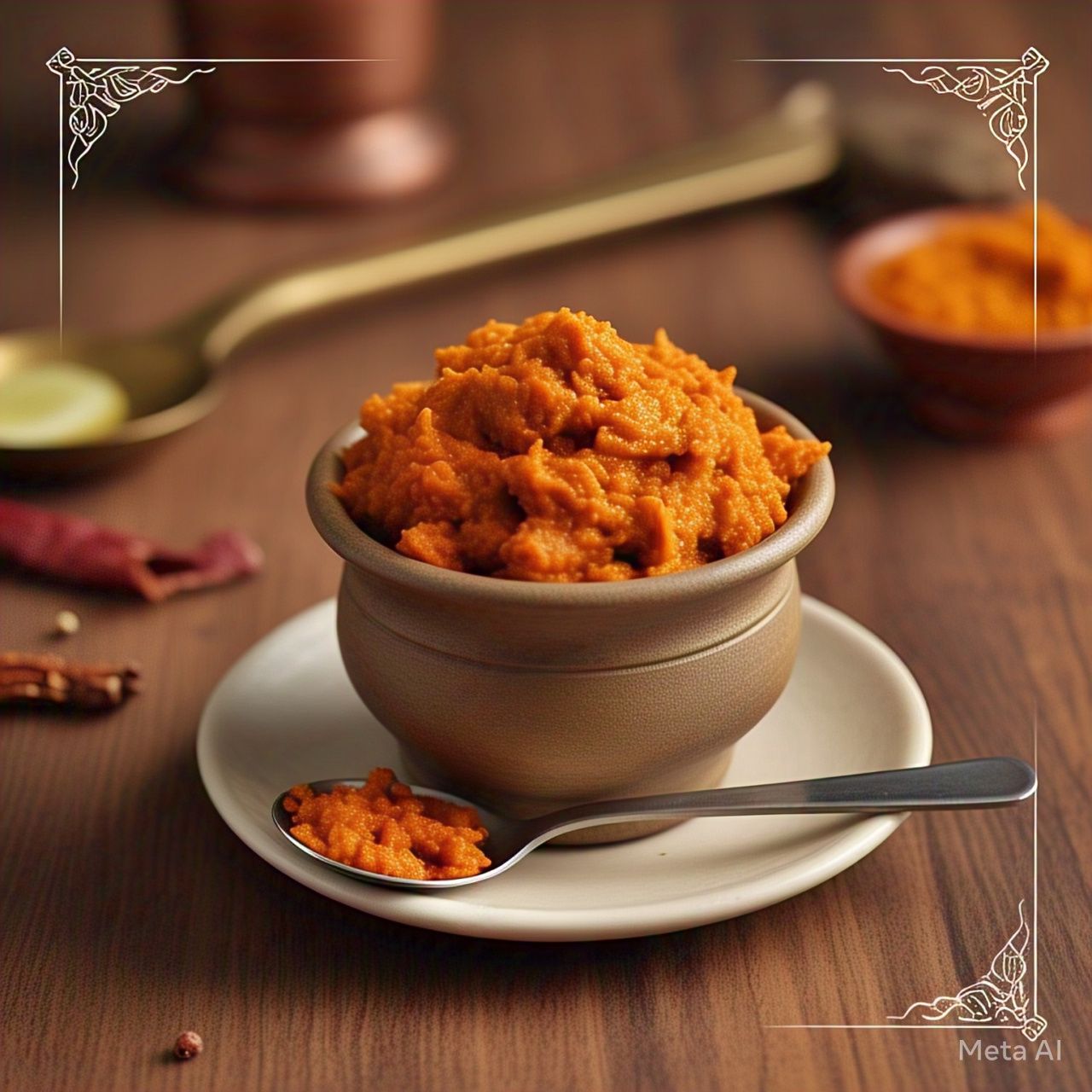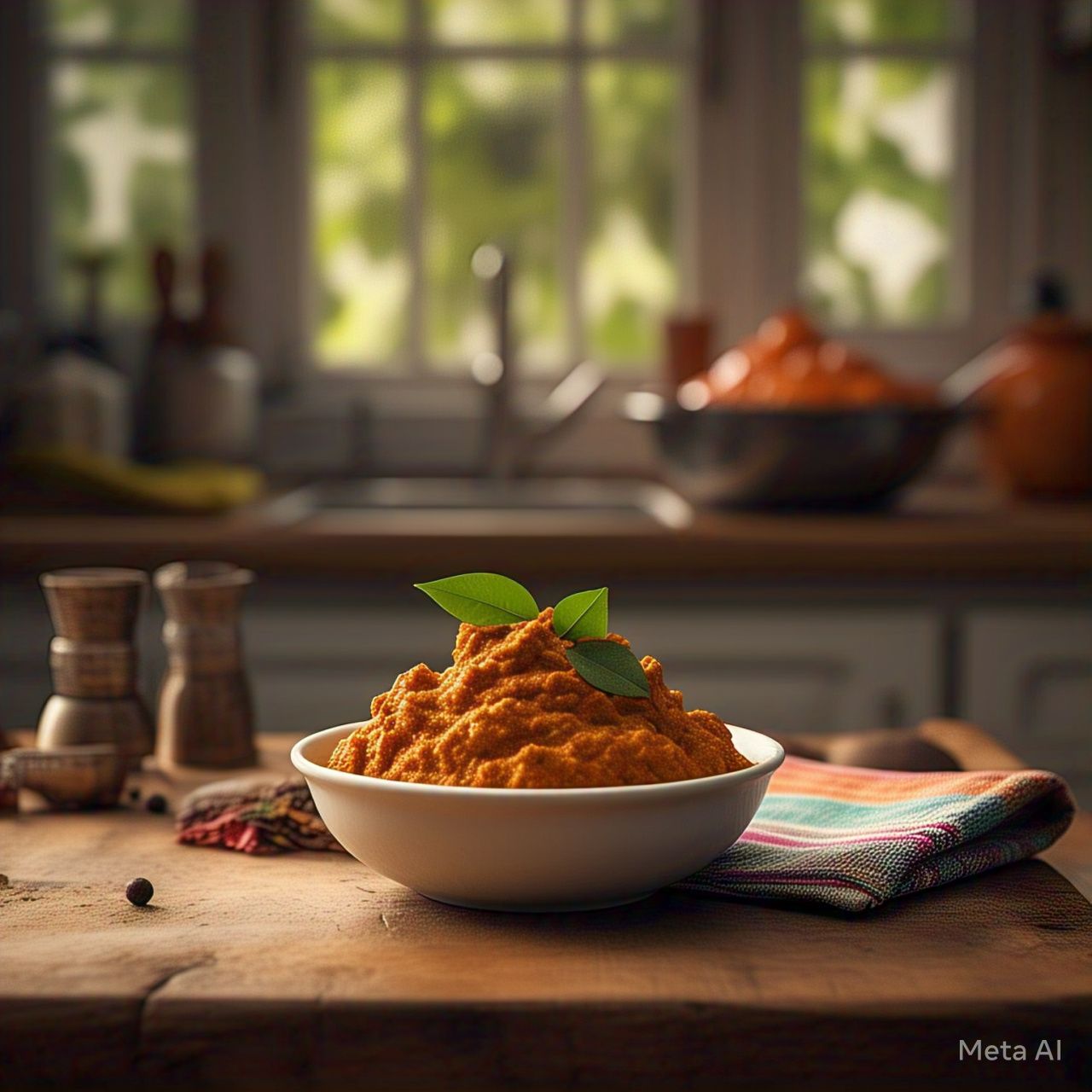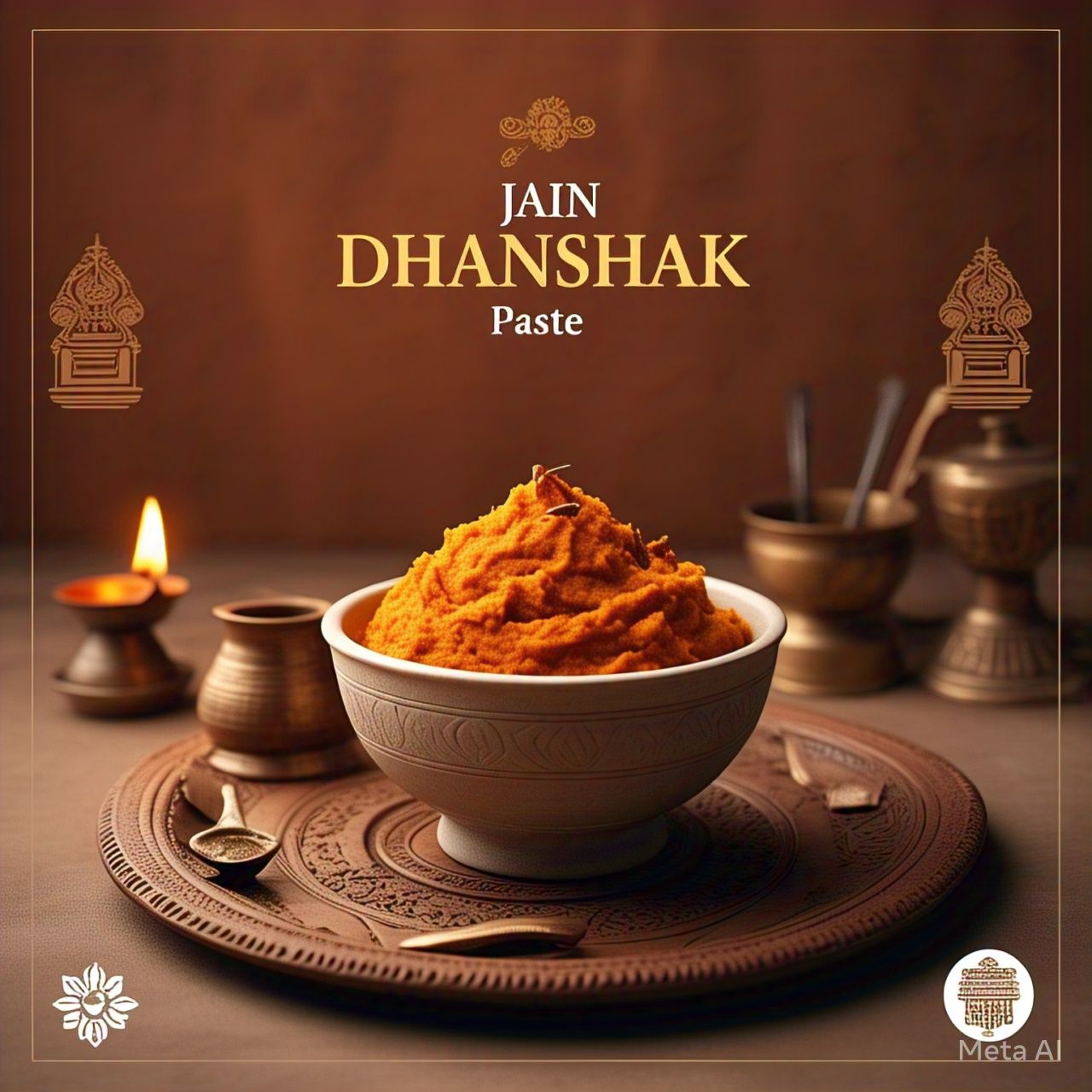Garlic flakes are a versatile and essential ingredient in modern cooking. These dehydrated slices of garlic retain all the rich flavor of fresh garlic while offering unmatched convenience and a longer shelf life. Whether you're preparing a quick meal or experimenting with gourmet recipes, garlic flakes add depth and aroma to any dish.
What Are Garlic Flakes?
Garlic flakes are made by dehydrating fresh garlic cloves and slicing them into thin, crispy pieces. Unlike garlic granules or powder, garlic flakes maintain a larger, more defined texture, making them ideal for recipes that require both flavor and a subtle crunch.
Benefits of Using Garlic Flakes
1. Convenience
-
No peeling, chopping, or cleaning. Just scoop and use.
2. Long Shelf Life
-
Stored in an airtight container, garlic flakes can last up to 2 years.
3. Consistent Flavor
-
Offers a reliable garlic taste every time.
4. Versatility
-
Suitable for a wide range of recipes, from soups to dry rubs.
5. Eco-Friendly
-
Dehydrated garlic minimizes food waste by extending usability and shelf life.
How to Use Garlic Flakes in Cooking
Cooking Tips:
-
As a Substitute: Replace one fresh garlic clove with 1/2 teaspoon of garlic flakes.
-
In Soups and Stews: Add directly to the pot for a robust garlic flavor.
-
Rehydration: Soak in warm water for 10 minutes before using in salads or sautés.
-
In Spice Blends: Combine with onion flakes, oregano, and thyme for a flavorful mix.
-
Toppings: Sprinkle over baked dishes or roasted vegetables for texture and aroma.
Frequently Asked Questions (FAQs):
Q: Can garlic flakes be used instead of fresh garlic?
A: Yes, garlic flakes are a great substitute for fresh garlic, especially in dishes that involve slow cooking or baking.
Q: Are garlic flakes gluten-free?
A: Garlic flakes are naturally gluten-free. However, check packaging for certifications if you have allergies.
Comparisons: Garlic Flakes vs. Garlic Powder vs. Fresh Garlic
Texture:
-
Garlic Flakes: Thin, crispy slices; adds texture.
-
Garlic Powder: Finely ground; ideal for seasoning blends.
-
Fresh Garlic: Juicy and aromatic; great for raw and sautéed dishes.
Shelf Life:
-
Garlic Flakes: Up to 2 years when stored properly.
-
Garlic Powder: Similar shelf life but prone to clumping.
-
Fresh Garlic: Lasts 1-2 weeks when stored in a cool, dry place.
Ease of Use:
-
Garlic Flakes: Ready to use and versatile.
-
Garlic Powder: Convenient but lacks texture.
-
Fresh Garlic: Requires peeling, chopping, and immediate use.
Seasonal and Holiday Favorites
Holiday Recipes Using Garlic Flakes:
-
Stuffing: Add 1 tablespoon of garlic flakes to stuffing mix for enhanced flavor.
-
Mashed Potatoes: Stir in rehydrated flakes for a garlicky kick.
-
Gravy: Sprinkle into gravy for a rich, savory taste.
Seasonal Favorites:
-
Summer BBQs: Use in dry rubs for grilled vegetables or tofu.
-
Winter Soups: Add to hearty soups like minestrone or vegetable stew for warmth and depth.
Impact of Food Waste on the Environment
Food waste is a major environmental concern. Dehydrated products like garlic flakes help address this issue by extending the shelf life of fresh produce. Garlic flakes reduce the likelihood of spoilage and require less energy for storage and transportation, making them a sustainable choice for eco-conscious consumers.
Benefits of Dehydrated Garlic Flakes Over Fresh Garlic
-
Time-Saving: No need for peeling, chopping, or cleaning.
-
Space-Saving: Compact packaging fits easily in any pantry.
-
Cost-Effective: Longer shelf life reduces waste and saves money.
-
Eco-Friendly: Lowers food waste and transportation emissions.
News and Trends in the Spice Industry
Rising Demand for Dehydrated Spices
The convenience and sustainability of dehydrated spices like garlic flakes are driving their popularity among consumers. Many brands are now focusing on organic and sustainably sourced options.
Sustainable Practices in Spice Production
Companies are adopting eco-friendly packaging and ethical sourcing methods to cater to environmentally conscious buyers.
Creative Uses for Garlic Flakes
-
Homemade Seasoning Blends: Mix with black pepper, onion flakes, and paprika.
-
Baking: Add to bread dough or savory muffins for a garlicky touch.
-
Snack Toppings: Sprinkle over popcorn or roasted nuts for a unique flavor.
-
Salad Dressing: Rehydrate and mix into vinaigrettes for a bold taste.
-
Pizza Toppings: Use as a finishing touch for an extra layer of flavor.
Conclusion
Garlic flakes are a versatile and sustainable ingredient that every kitchen should have. Their long shelf life, consistent flavor, and ease of use make them perfect for both everyday meals and special occasions. By incorporating garlic flakes into your cooking, you not only save time but also contribute to reducing food waste and promoting sustainability.





Share:
The Ultimate Guide to Garlic Granules: Benefits, Uses, and Cooking Tips
Tamarind Powder: A Flavorful & Nutritious Spice for Your Kitchen